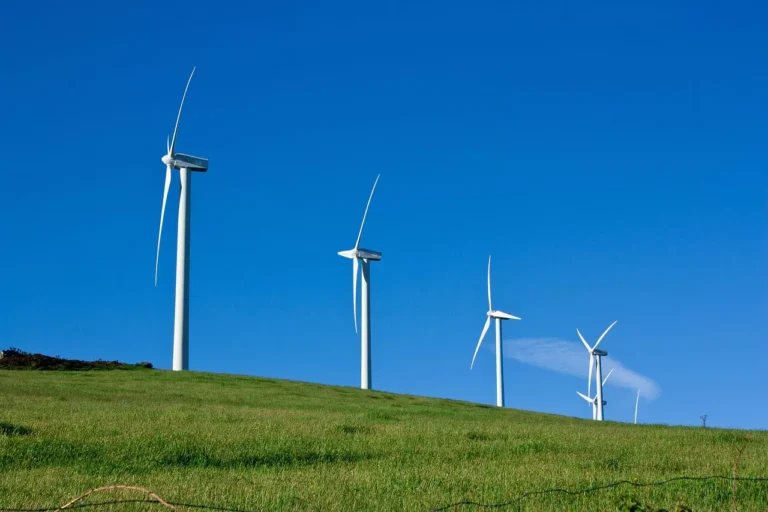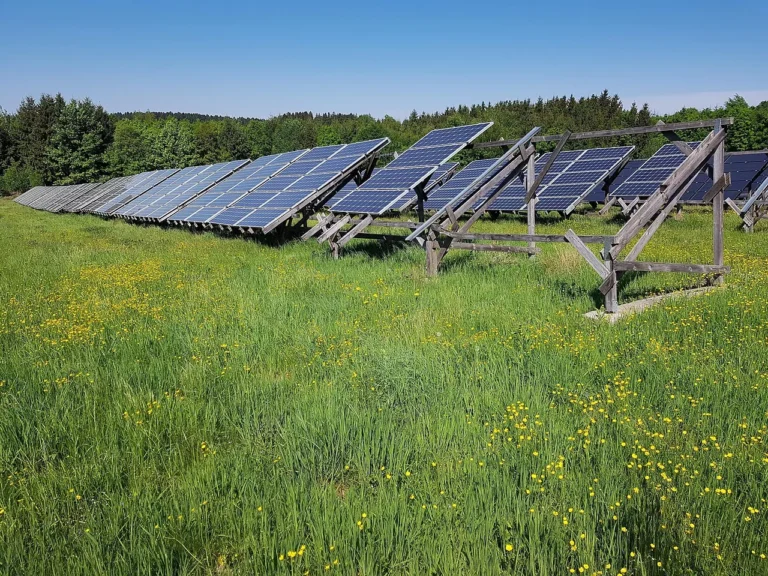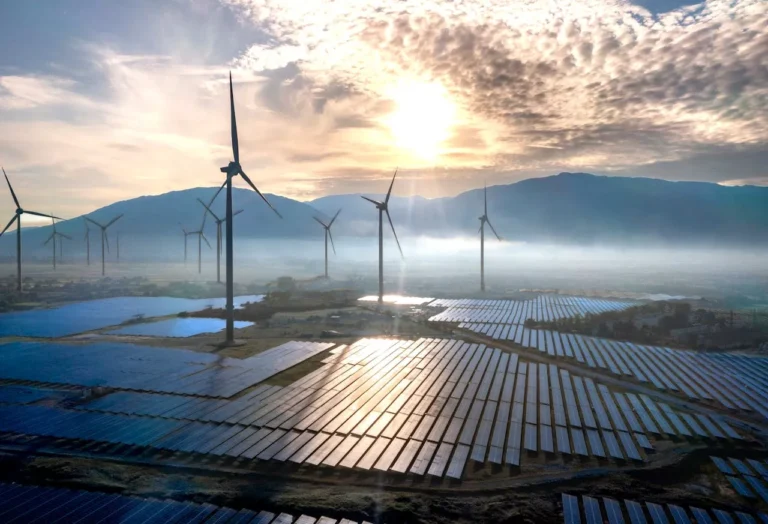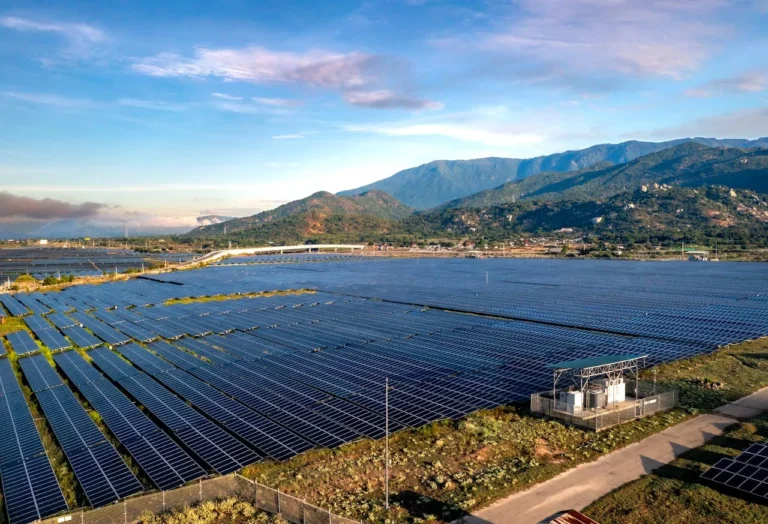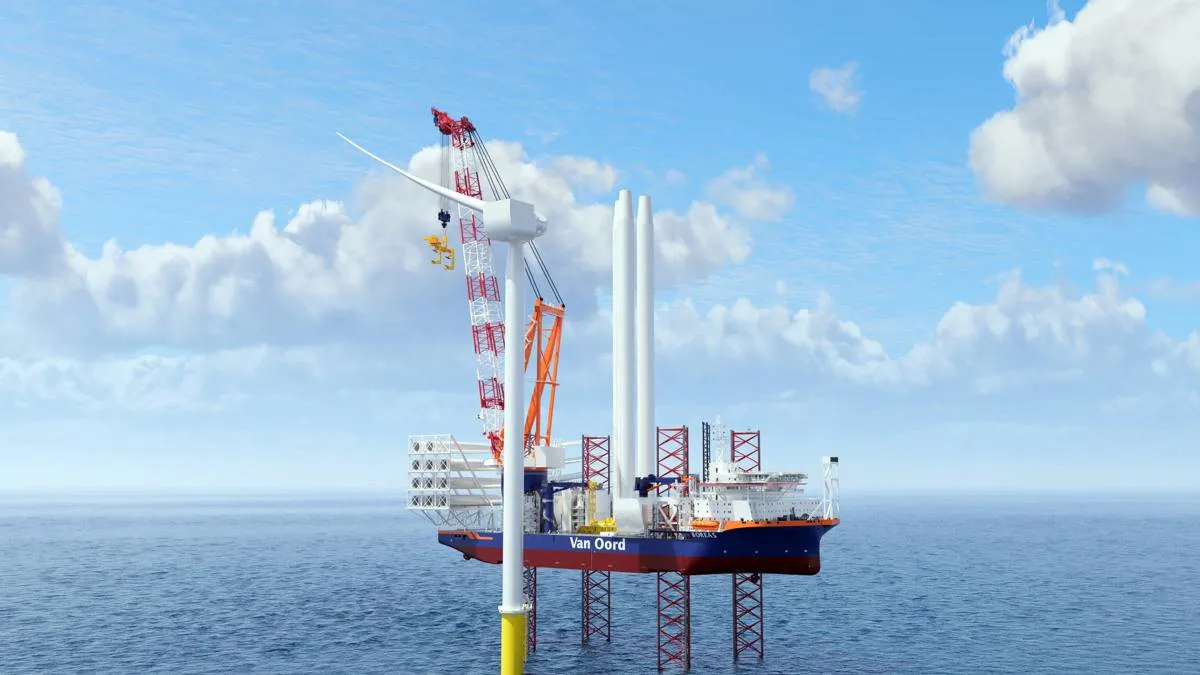
Record-Breaking Monopile Installation Lays Strong Foundation for ScottishPower’s Largest Offshore Windfarm
The journey toward a greener energy future has reached a major milestone with the start of offshore construction for ScottishPower’s most ambitious renewables project to date. The £4 billion East Anglia THREE offshore windfarm is officially underway following the successful installation of its first foundation — a monumental achievement that sets the tone for the scale and significance of what’s to come.
At the heart of this milestone stands an engineering marvel: an 83.89-metre-tall monopile with a diameter of 10.6 metres and an astonishing weight of 1,800 tonnes. This monopile not only represents the beginning of construction but also marks a record-breaking moment for the offshore wind industry. It is now officially the largest monopile ever installed in Europe from a jack-up vessel, setting new standards in offshore engineering and renewable infrastructure development.
An Incredible Engineering Achievement
Charlie Jordan, CEO of ScottishPower Renewables, described the installation as a “real wow moment” for both ScottishPower and its parent company, Iberdrola. Reflecting on the significance of the achievement, he said, “The installation of our first East Anglia THREE foundation is a mammoth feat of engineering, skill, and an incredible amount of work. We’re talking about 1,800 tonnes of steel, safely and precisely lifted and positioned within an area the size of almost 43,000 football pitches. We have never attempted anything of this magnitude before.”
Indeed, the scale of East Anglia THREE is unprecedented within ScottishPower’s and Iberdrola’s project portfolios. Once operational, it will not only be the largest windfarm for both companies but also the second largest offshore windfarm in the world. For Jordan and his team, seeing the first foundation installed in the North Sea offers a tangible, inspiring glimpse of the green energy giant in the making.
“This project is a shining example of how we are securing the UK’s clean energy future,” Jordan emphasized. “It’s about generating more green electricity, investing billions into the economy, and creating jobs and opportunities that will span decades.”
The Monopile: A Record-Setting Structure
The monopile itself was manufactured by the Joint Venture between Navantia Seanergies and Windar Renovables (JVNW), organizations renowned for their expertise in heavy offshore structures. Installed by the cutting-edge jack-up installation vessel Seaway Ventus, this record-breaking monopile is just the first of many to come.
In total, East Anglia THREE will feature 95 monopiles, each one meticulously designed to meet the unique challenges of the North Sea environment. Ranging between 67 and 85 metres in length and weighing between 1,200 and 1,800 tonnes, these steel giants will serve as the backbone for the 95 Siemens Gamesa SG 14-222 DD turbines. With each turbine rated at 14.7MW, the entire windfarm will boast an impressive capacity of 1.4GW — enough to power over 1.3 million homes with clean, renewable energy.
Out of the 95 monopiles, 45 are being fabricated by JVNW, while the remaining 50 are being produced by Haizea Wind Group, another leader in offshore foundation manufacturing.
Progressing with Transition Pieces
Alongside the first monopile, East Anglia THREE has also seen the installation of its first transition piece — an essential component that connects the turbine tower to its foundation. Manufactured by Windar Renovables, the transition pieces are equally impressive in scale, standing 20 metres tall, measuring 8 metres in diameter, and weighing more than 400 tonnes each.
Every transition piece plays a critical role in ensuring that the turbine structures remain stable and resilient amid the demanding conditions of the offshore environment.
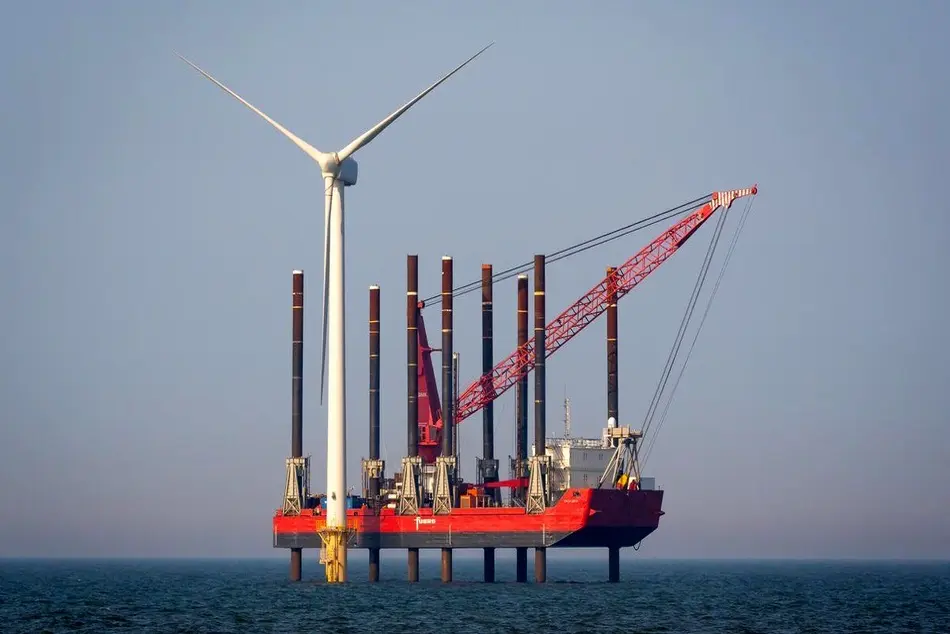
Seaway7’s Role in the Project
Seaway7, a global leader in offshore wind construction solutions, has taken charge of installing all monopiles and transition pieces for East Anglia THREE. To achieve this, the Seaway Ventus vessel was specially outfitted with a bespoke mission equipment spread, custom-designed, fabricated, and installed within a remarkable timeline of less than two years. This engineering solution was tailored specifically to meet the ambitious project schedule and stringent performance standards set by ScottishPower Renewables.
Lloyd Duthie, Vice President for UK, Ireland, and Asia at Seaway7, expressed his pride in the achievement, saying, “We are proud to have successfully installed the first foundation for East Anglia THREE. This milestone comes after two years of intense preparation and collaboration across the supply chain. Installing the largest monopile ever from a jack-up vessel in Europe is a testament to what can be achieved when innovation, engineering excellence, and close partnership come together.”
Duthie also highlighted the broader importance of the project: “East Anglia THREE represents a significant multi-year construction programme for us, encompassing both foundation and inner-array cable installations. We are excited to continue working with ScottishPower Renewables to deliver a project that will make a substantial contribution to the UK’s renewable energy goals.”
Building a Greener Future
The commencement of East Anglia THREE’s offshore construction marks a transformative step for Scotland, the UK, and the global offshore wind sector. As nations push toward net-zero targets and increased energy security, projects like this will play a pivotal role in shaping the energy landscape of tomorrow.
Beyond generating clean electricity, the East Anglia THREE project embodies significant socio-economic benefits. The £4 billion investment is expected to support thousands of jobs across manufacturing, construction, and maintenance sectors, while also contributing to the development of local supply chains and offshore skills bases.
Moreover, the project’s sheer scale will provide crucial insights into how future mega-windfarms can be developed, operated, and optimized for maximum efficiency and resilience.
While the installation of the first monopile is a major achievement, it’s just the beginning of a multi-year construction journey. Over the coming months, Seaway7’s Seaway Ventus will continue its work in the North Sea, systematically installing the remaining foundations and preparing the site for turbine installation.
As the monopiles are driven into the seabed and the transition pieces fixed in place, the East Anglia THREE project will continue to rise — both figuratively and literally — into one of the largest symbols of the UK’s clean energy transition.
When completed, East Anglia THREE will not only deliver renewable power to over a million homes but also stand as a testament to what is possible when ambition, innovation, and collaboration converge in pursuit of a more sustainable future.





